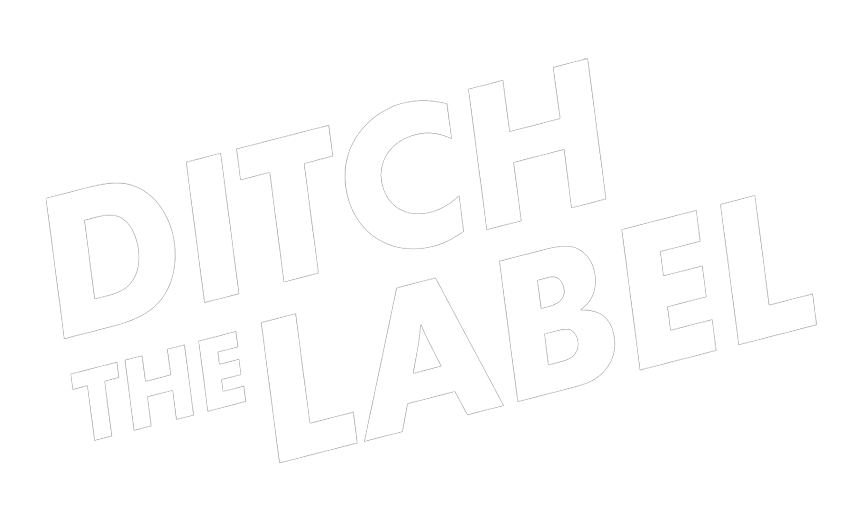The 10th of September is World Suicide Prevention Day….
Director of the National Suicide Prevention Lifeline John Draper on how you can be the one to help prevent suicide
Until about fifty years ago, we believed there was nothing we could do for people having a heart attack until they got to a hospital. Most heart attack victims delivered to hospitals were dead on arrival. But there had to be a way to get help to those having heart attacks faster, before arriving at the hospital. In 1966, a Belfast physician named Frank Partridge brought emergency services for heart attacks directly into the community by establishing the first mobile coronary care unit. Soon after that, Leonard Cobb, a cardiologist in Seattle, created the first CPR training program for firefighters, and later created one for the citizens of Seattle. Nowadays, we are better educated in methods like CPR that could help others, and we work to take care of ourselves through diet and exercise. Today, 75% fewer people have died from heart disease since the 1960s, and experts say that about half of this big reduction is due to people changing their unhealthy behaviors.
What does this mean? Health and life-saving knowledge are not only the business of doctors and hospitals, but all of us. We now know that everyone can help prevent heart attacks effectively if we know what to do. This same logic can be applied to preventing suicide.
“People that are feeling suicidal find healing, hope, and help every day”
People that are feeling suicidal find healing, hope, and help every day. For every one person who tragically dies by suicide in the U.S., there are nearly 60 people who have survived a suicide attempt, the overwhelming majority of whom go on to live out their lives. People that are getting through tough times and crises are doing so with the support and coping skills available to them, like support from friends and family, and connecting with their communities through church or school.
But there is more we can do to help. Like CPR, there are steps each person can take to immediately help someone they care about that might be in suicidal crisis. Like CPR, these steps have been proven to help people, and anyone can learn them. At the National Suicide Prevention Lifeline, we call these steps the #BeThe1To Five Steps – because with the knowledge of these steps, you can be the one to prevent suicide and save a life.
“You can be the one to prevent suicide and save a life”

Here are the five #BeThe1To steps:
1. Be the 1 to… Ask.
If you’re worried that someone is feeling suicidal, don’t be afraid to ask them if they’re thinking of killing themselves. It’s a scary question, but you won’t know the answer unless you ask. If they are not thinking about it, research shows that “no harm is done.” If they are thinking about it, they feel relieved that they can talk about it!
2. Be the 1 to… Keep Them Safe.
If someone is in a tough place, offer to hold on to (or completely remove) anything that they might use to hurt themselves.
3. Be the 1 to… Be There.
Be there for your loved one. Be present in the conversation, listen with compassion and without judgment, and let them know that you care about them.
4. Be the 1 to… Help Them Stay Connected.
Help connect your loved one to others that can provide support, whether that is a therapist, family member, church group, or 24/7 resource like the Lifeline.
5. Be the 1 to… Follow Up.
Check in regularly with the person you’re concerned about in the days and weeks after a crisis. Let them know you’re thinking about them and are there to help.
The #BeThe1To Steps are a guide to reaching out to someone you’re worried about, and can help both them and you get through a crisis together. You can be the one that helps someone you care about. You can be the one to spread the word about these steps, so others can learn them and save lives in their own communities.
Healing, hope, and help happens – at the Lifeline, we see it every day. We hope you’ll join us and our partners and #BeThe1To. Get the five steps, more information, and how you can participate at bethe1to.com. Or learn more about suicide prevention at suicidepreventionlifeline.org Together, we can stop suicide – join the conversation.













